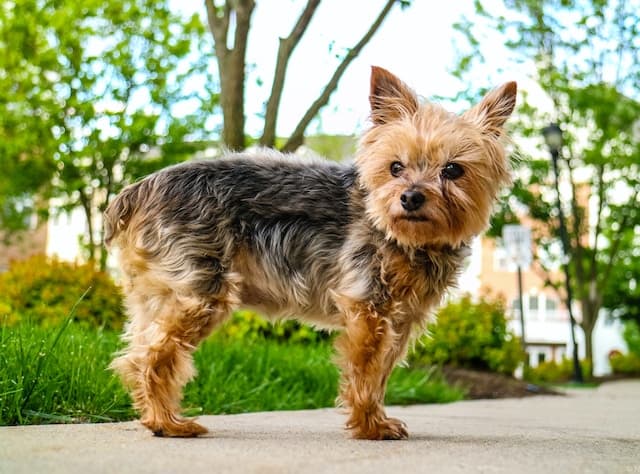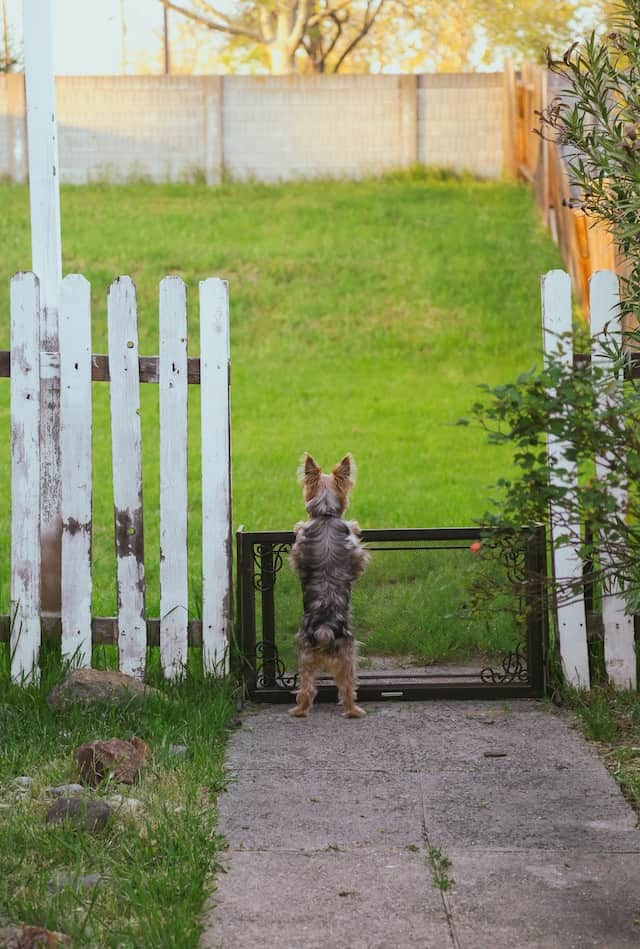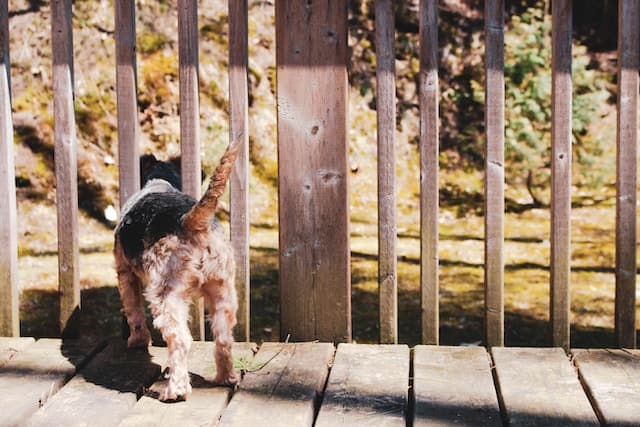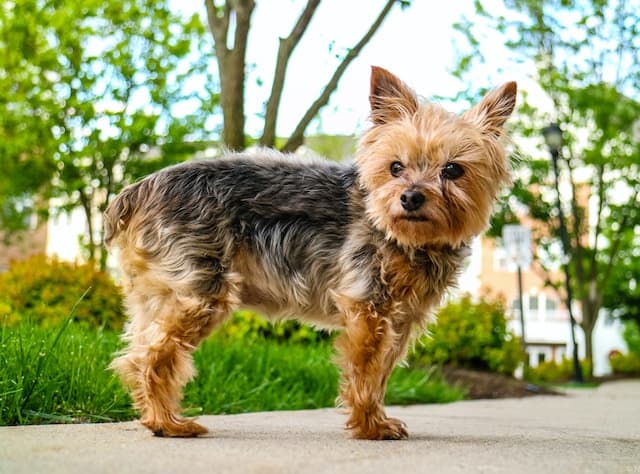Blog
Yorkie Tail Docking: Why do Yorkies get their tails docked?

Ever noticed some Yorkshire Terriers rocking shorter tails while others flaunt their full-length flair? That’s all about Yorkie tail docking, a practice that’s been around for what feels like donkey’s years. It’s not just a modern-day style statement, though. This tail-trimming tradition has deep roots. In case you’re not sure whether should you dock or not to dock, we’re here to reveal the truth!

Why do Yorkies get their tails docked?
Ever wondered about the whole Yorkie tail docking thing? Back in the day, folks believed that docking a Yorkie’s tail would save it from injuries, especially for those little rascals who were always on the go.
Plus, it was thought to keep their cute furry butts a bit tidier. Fast forward to our selfie era, and Yorkie tail docking is often about giving our fur buddies that picture-perfect look.
And for all you show enthusiasts out there, here’s a tidbit to tuck in your cap. According to the AKC, Yorkies with docked tails can absolutely rock the stage and compete. So, whether it’s tradition, tidiness, or glam showbiz, Yorkie tail docking has its reasons.
What is Yorkie Tail Docking?
Yorkie tail docking is another way of saying “giving your Yorkie a shorter tail”. It’s a quick procedure, often done when the pups are just a few days old. The younger the dog is, the easier it will be for a dog.
The vet will snip off a portion of the tail, usually without anesthesia (I know, sounds ouchie!). It’s super quick, and before you know it, the little one has a stylish short tail.
Now, you might wonder, “Why would anyone want to do that?” Good question! Going back to history, tail docking was done to prevent injuries, especially for working dogs. A shorter tail was less likely to get caught in anything or stepped on.
Nowadays, many Yorkie parents opt for tail docking for aesthetic reasons. They believe it gives their pup a balanced, neat look. Plus, if you’re dreaming of showbiz for your Yorkie, a docked tail might be part of the package.

How Long Is A Yorkie Tail?
Naturally, a Yorkie’s tail can range in length, typically falling between 3 to 5 inches. This measurement, however, can exhibit slight variations depending on the specific lineage and genetics of the individual dog.
Historically and culturally, the practice of tail docking has been prevalent, which can modify the tail’s length, making it appear shorter.
If left in its natural shape, the Yorkie’s tail is moderately long. It’s covered with a fine, silky fur that matches the luxurious coat covering the rest of its body. It stands erect, adding a touch of elegance to the breed’s overall appearance.
This tail not only serves an aesthetic purpose but also provides insights into the dog’s mood and health. In essence, the length of a Yorkie’s tail, whether docked or undocked, is an integral aspect of the breed’s identity, reflecting both its historical background and individual characteristics.

How Does The Yorkie Tail Docking Look Like?
Even though docking tail in your pup might sound cruel and scary, believe us, it’s not. It’s done both in standard and rare-colored Yorkies and it doesn’t affect their well-being. Yorkies are not the only dogs in the word that can go through this procedure.
To get yourself prepared on how this procedure looks like, here’s what you need to know:
- Age of Procedure: Tail docking is typically performed on puppies between 3 to 5 days old. At this age, the bones are still soft, and the procedure is believed to be less traumatic than if done on an older dog.
- Preparation of Yorkie tail docking: Since the puppies are very young, general anesthesia is usually not used because of the associated risks. Instead, local anesthesia may sometimes be applied, though it’s not always the case.
- Docking procedure: Using sterilized scissors, a scalpel, or a tail docking clamp, the veterinarian will remove a portion of the tail. The precise length to be removed varies depending on the breed and the desired outcome.
- Stitching: Depending on the method used and the vet’s preference, stitches might be used to close the wound, although in many instances, especially in very young puppies, the wound might be left to heal naturally.
- Duration: The procedure is relatively quick, often completed within a few minutes.
Post-Procedure Care:
- Monitoring: After the procedure, it’s crucial to monitor the puppy for any signs of distress or excessive pain.
- Wound Care: The docked area should be kept clean to prevent infections. Owners should follow any cleaning or application instructions provided by the veterinarian.
- Pain Management: While the puppies often recover quickly, some might exhibit signs of discomfort. It’s essential to consult with the veterinarian about pain management options, which might include specific pain medications suitable for puppies.
- Activity Level: While puppies tend to be resilient and might want to play shortly after the procedure, it’s advisable to keep their activity level in check to ensure the wound heals properly.
- Follow-up: A follow-up visit to the veterinarian might be required to monitor the healing process, address any concerns, or remove stitches if they were used.
READ ALSO: Yorkie Crate Training 101: Making It a Fun Fortress
Yorkie Tail Docking: Wrapping up
Yorkie tail docking is a significant decision that requires careful consideration. Prospective dog owners should be well-informed about the procedure and its aftermath. Proper post-operative care is essential to ensure the well-being and health of the puppy. Before proceeding, it’s also advisable to consult with a veterinarian and consider any ethical implications associated with tail docking.

